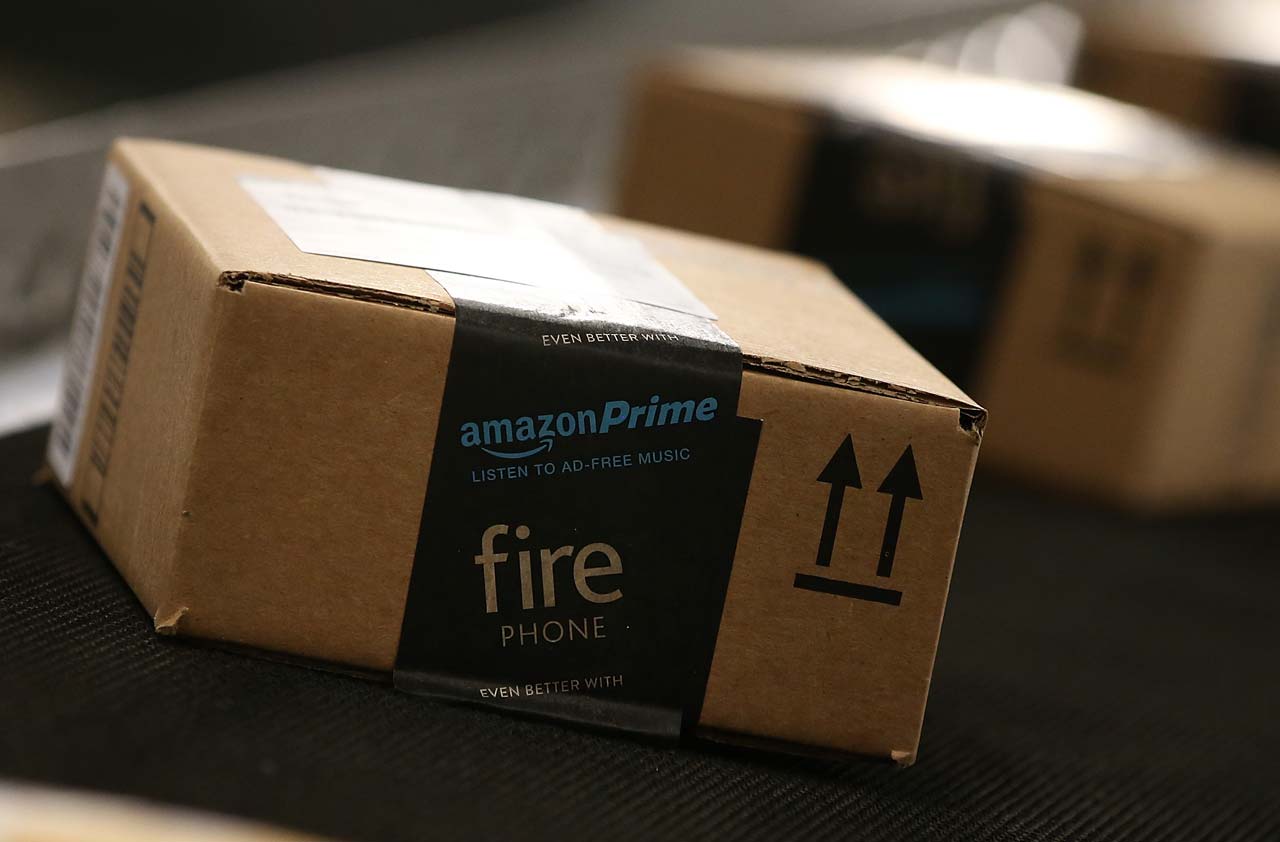5 Things to Ask About Silk Ties
We show you what to look for in a qulaity necktie.

1. How do I tell if a tie is well made?
First, hold it up by the narrow end; if it twists to one side, it was cut incorrectly and will forever hang askew. Then, scrunch the material. A great tie feels smooth and substantial and bounces back wrinkle-free when released. Flip the tie over and check the panels, called tipping, that cover the lining at each end. Top-of-the-line tipping is made of silk -- sometimes of the same fabric as the rest of the tie. Whatever the material, it should extend deep into the narrow part of the tie. Look for two horizontal stitches (one on each end), called bar tacks, joining the back flaps, as well as a "keeper tab," which holds the tie in place (on lesser ties, the label doubles as the keeper). Finally, try the tie on: If it dimples under the knot, you've got a winner.
| Row 0 - Cell 0 | Video: How to Buy a Quality Tie |
| Row 1 - Cell 0 | 5 Things to Ask About Ice Cream Makers |
| Row 2 - Cell 0 | 5 Things to Ask About Gas Grills |
| Row 3 - Cell 0 | 5 Things to Ask About Whiskey |
2. How do I vet the quality of the fabric?

Sign up for Kiplinger’s Free E-Newsletters
Profit and prosper with the best of expert advice on investing, taxes, retirement, personal finance and more - straight to your e-mail.
Profit and prosper with the best of expert advice - straight to your e-mail.
Run your fingers over the tie. A luxurious feel indicates high-quality silk; some makers try to disguise silk that's too thin by bulking up the liner. Heavy silk -- say, 36-ounce or 50-ounce -- boasts rich colors and more depth of design than the flimsy stuff, says Michael Ostrove, of Paul Stuart, a high-end clothier. "With thin, cheap silk, the pattern sits on top."
3. Which countries produce the best silk?
Italian and British mills set the standard for high-quality production, says Ostrove, although Chinese and Korean producers have improved the quality of their silk. You can find the provenance of the silk by checking the tie tip for the label. As for linings, the best are made of wool.
4. I found a 4.5-inch-wide tie in the back of my closet. Dare I wear it?
Sure -- if you don't mind looking like Sonny Corleone. Most contemporary ties measure 3.25 inches to 3.75 inches wide. Some, produced by a few European makers, have broken the 4-inch mark, says Bill Thompson, of Wm. Fox Co., a men's clothier in Washington, D.C.
5. How much should I expect to spend?
Nice ties in a store's private-label line start at about $35. Top labels, including Robert Talbott, Drake's London and Ike Behar, usually run $100 to $200.
Watch our video on how to buy a quality tie.
Three brands fit to be tied
Cool and Fresh:
Vineyard Vines
Price: $65
These handmade ties have patterns that include pineapples and fall leaves as well as dolphins, flip-flops and fireflies. They're made of Korean silk.
Best Value:
Pronto Uomo
Price: $40
Sold by Men's Wearhouse, these look and feel like high-priced haberdashery. Made of Chinese silk, they feature a sturdy keeper tab.
Top-Knot Ties:
Drake's LondonPrice: $100-$135
One of these lets you look like a king for a princely price. Handmade of heavy British silk, they have a lush feel, crisp design and bright, saturated colors.
Get Kiplinger Today newsletter — free
Profit and prosper with the best of Kiplinger's advice on investing, taxes, retirement, personal finance and much more. Delivered daily. Enter your email in the box and click Sign Me Up.

-
 Could a Golden Visa Be Your Ticket to Retiring Abroad?
Could a Golden Visa Be Your Ticket to Retiring Abroad?Trump and DOGE are weighing a U.S. "Gold Card" that would let the wealthy emigrate to the U.S. for a fee. But golden visas have been around for years worldwide. Here's how they work.
-
 Running Out of Money in Retirement: Nine Steps to Reduce the Risk
Running Out of Money in Retirement: Nine Steps to Reduce the RiskQuit worrying about money and enjoy a carefree retirement. Sounds good, right? Well, if you follow these nine steps from a financial adviser, you could be on your way to that goal.
-
 Roth IRA Contribution Limits for 2025
Roth IRA Contribution Limits for 2025Roth IRAs Roth IRA contribution limits have gone up. Here's what you need to know.
-
 Four Tips for Renting Out Your Home on Airbnb
Four Tips for Renting Out Your Home on Airbnbreal estate Here's what you should know before listing your home on Airbnb.
-
 Five Ways to a Cheap Last-Minute Vacation
Five Ways to a Cheap Last-Minute VacationTravel It is possible to pull off a cheap last-minute vacation. Here are some tips to make it happen.
-
 How to Figure Out How Much Life Insurance You Need
How to Figure Out How Much Life Insurance You Needinsurance Instead of relying on rules of thumb, you’re better off taking a systematic approach to figuring your life insurance needs.
-
 Five Reasons You Shouldn't Shop on Amazon Prime Day
Five Reasons You Shouldn't Shop on Amazon Prime DaySmart Buying Think twice before getting lured into buying a bunch of stuff you don't need just because it's on sale.
-
 Amazon Big Deal Days Is Coming! We’ve Got All the Details
Amazon Big Deal Days Is Coming! We’ve Got All the DetailsAmazon Prime To kick off the holiday season with a bang, Amazon Big Deal Days runs Tuesday, October 8 and Wednesday, October 9.
-
 How to Shop for Life Insurance in 3 Easy Steps
How to Shop for Life Insurance in 3 Easy Stepsinsurance Shopping for life insurance? You may be able to estimate how much you need online, but that's just the start of your search.
-
 Five Ways to Shop for a Low Mortgage Rate
Five Ways to Shop for a Low Mortgage RateBecoming a Homeowner Mortgage rates are high this year, but you can still find an affordable loan with these tips.